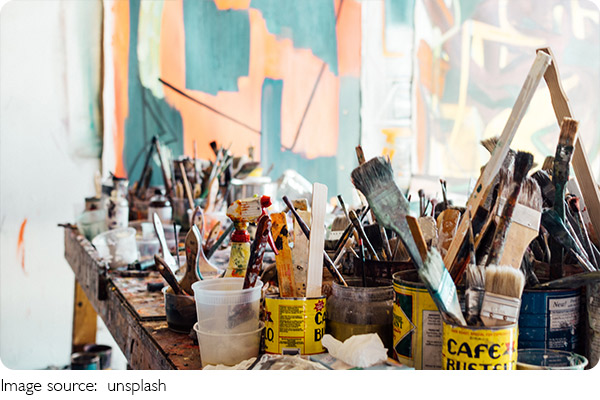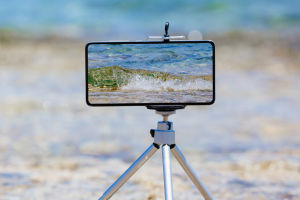Watercolor Nature Beauty

Have you ever stood in front of a peaceful lake, a misty forest, or a golden sunset and thought, "I wish I could capture this feeling"?
That's the magic of watercolor painting—it allows us to express not just what we see, but what we feel in nature.
Unlike other mediums, watercolor flows freely, blending color and light in ways that bring landscapes to life with softness and emotion. So, how can we use this beautiful art form to express the charm of nature?
Let's walk through some simple, effective tips to get started.
Start by Observing Nature Closely
Before we even pick up a brush, we need to train our eyes. Watercolor painting begins with observation. Whether we're outside or looking at a photo, take a moment to notice:
• How does the light fall on the trees?
• What colors are in the sky—just blue, or maybe some pink, orange, or violet too?
• Is the water still, reflecting the sky, or full of movement?
The more we pay attention, the better we can express the essence of what we're painting—not just copying, but translating the feeling onto paper.
Choose a Soft, Harmonious Palette
Nature rarely uses harsh colors. Most landscapes are made of soft transitions and earthy tones. When we paint with watercolor, choosing a calm and harmonious color palette helps create a realistic and peaceful mood.
Try starting with blues, greens, warm yellows, and gentle browns. Mix your own shades instead of using paint straight from the tube. This creates more natural-looking results and makes the painting feel more personal.
Use the "Wet-on-Wet" Technique for Sky and Water
One of the best watercolor techniques for landscape painting is wet-on-wet. This means we apply wet paint onto a wet surface, allowing the colors to blend and flow naturally.
For example, to paint a soft, glowing sunset or a hazy morning sky, first wet the area with clean water. Then, gently add diluted colors and let them merge. This technique is also great for reflections in water, where soft edges and color blends are key.
Let the paint do some of the work—watercolor is a medium that rewards letting go.
Layer for Depth and Texture
In watercolor, we paint from light to dark. That means starting with a light wash for the background and slowly adding darker tones in layers for trees, rocks, or hills. This layering builds depth and gives the scene dimension.
We can use dry brush techniques, sponge dabs, or even a toothbrush to add texture—like the roughness of bark or the sparkle of sunlight on leaves. The key is patience: let each layer dry before adding the next.

Simplify Shapes and Suggest Details
One mistake beginners often make is trying to paint every leaf or blade of grass. But watercolor is strongest when we suggest rather than define. Use loose brushstrokes and blurred edges to create the impression of trees, mountains, or clouds.
Let parts of the paper breathe. White space can become light, mist, or air—just by leaving it untouched. This gives your landscape a dreamy and emotional feel that's perfect for nature scenes.
Let Emotion Lead the Way
A great landscape isn't just technically good—it feels alive. Think about the emotion you want to convey: calm, awe, nostalgia, freedom? Let that guide your color choices, brush movements, and composition.
Maybe you make the sky extra wide to express openness. Maybe you soften the edges to show a quiet mood. Trust your instinct. That emotional layer is what will connect your painting to others.
Conclusion: Expressing Nature with Heart
Watercolor isn't just about painting what's outside—it's about expressing what's inside. By using simple tools, soft colors, and a gentle approach, we can turn everyday landscapes into moving, meaningful works of art.
So Lykkers, the next time you're inspired by a sunset, a flower, or a peaceful hill, why not reach for a brush? Let the water flow, the color bloom, and your heart speak through every brushmark . What part of nature do you most want to capture with watercolor? Let's paint the world, one gentle wash at a time.
-
 Phone Photo ProHow can we take professional-level photos using just a phone? Here are tips you'll wish you knew sooner!
Phone Photo ProHow can we take professional-level photos using just a phone? Here are tips you'll wish you knew sooner! -
 Abstract Art AppealWhy do abstract artworks attract us—even when we can't "figure them out"?
Abstract Art AppealWhy do abstract artworks attract us—even when we can't "figure them out"? -
 Pendant Secret GlowUnlock the Hidden Power Behind Your Pendant—It’s More Than Just Jewelry!
Pendant Secret GlowUnlock the Hidden Power Behind Your Pendant—It’s More Than Just Jewelry!